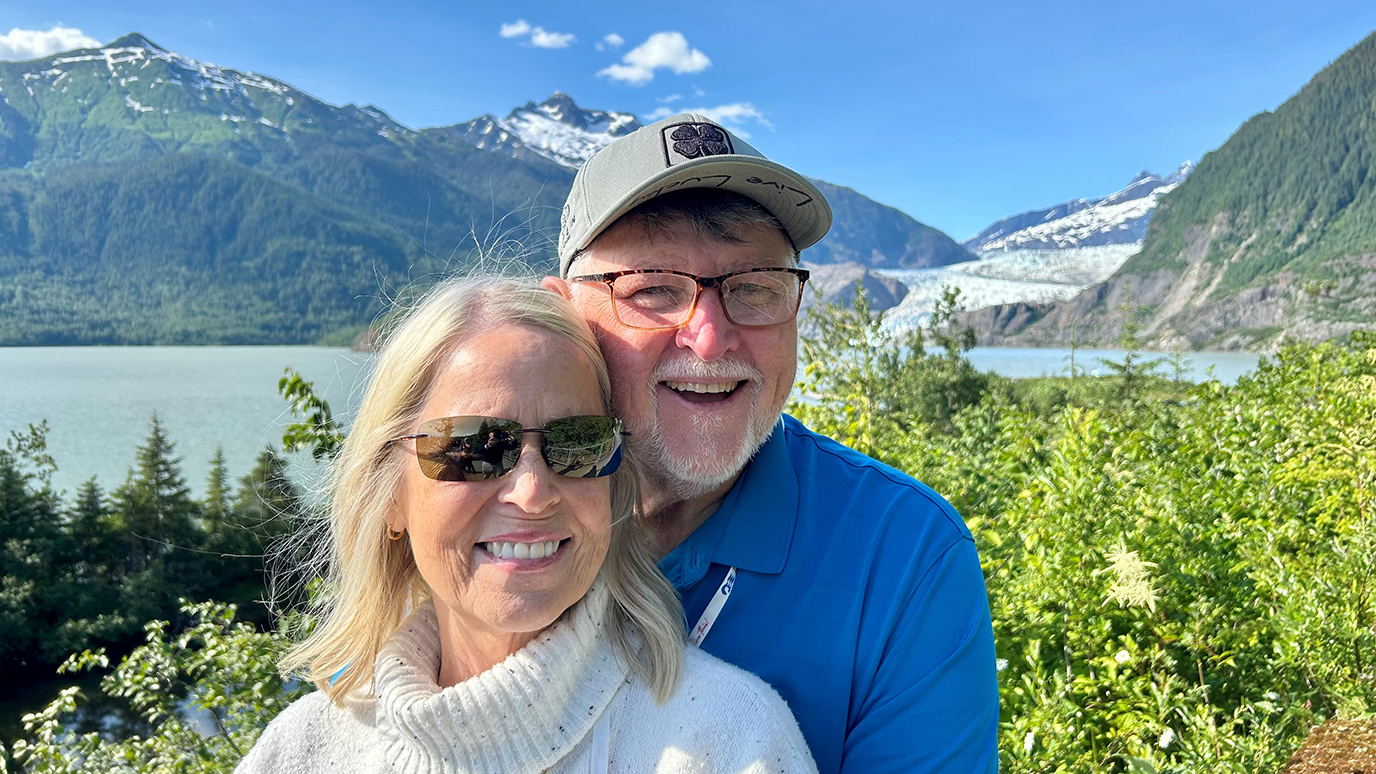- Diseases
- Acoustic Neuroma (14)
- Adrenal Gland Tumor (24)
- Anal Cancer (66)
- Anemia (2)
- Appendix Cancer (16)
- Bile Duct Cancer (26)
- Bladder Cancer (68)
- Brain Metastases (28)
- Brain Tumor (230)
- Breast Cancer (718)
- Breast Implant-Associated Anaplastic Large Cell Lymphoma (2)
- Cancer of Unknown Primary (4)
- Carcinoid Tumor (8)
- Cervical Cancer (154)
- Colon Cancer (164)
- Colorectal Cancer (110)
- Endocrine Tumor (4)
- Esophageal Cancer (42)
- Eye Cancer (36)
- Fallopian Tube Cancer (6)
- Germ Cell Tumor (4)
- Gestational Trophoblastic Disease (2)
- Head and Neck Cancer (6)
- Kidney Cancer (124)
- Leukemia (344)
- Liver Cancer (50)
- Lung Cancer (288)
- Lymphoma (284)
- Mesothelioma (14)
- Metastasis (30)
- Multiple Myeloma (98)
- Myelodysplastic Syndrome (60)
- Myeloproliferative Neoplasm (4)
- Neuroendocrine Tumors (16)
- Oral Cancer (100)
- Ovarian Cancer (170)
- Pancreatic Cancer (164)
- Parathyroid Disease (2)
- Penile Cancer (14)
- Pituitary Tumor (6)
- Prostate Cancer (144)
- Rectal Cancer (58)
- Renal Medullary Carcinoma (6)
- Salivary Gland Cancer (14)
- Sarcoma (236)
- Skin Cancer (296)
- Skull Base Tumors (56)
- Spinal Tumor (12)
- Stomach Cancer (60)
- Testicular Cancer (28)
- Throat Cancer (90)
- Thymoma (6)
- Thyroid Cancer (98)
- Tonsil Cancer (30)
- Uterine Cancer (78)
- Vaginal Cancer (14)
- Vulvar Cancer (18)
- Cancer Topic
- Adolescent and Young Adult Cancer Issues (20)
- Advance Care Planning (10)
- Biostatistics (2)
- Blood Donation (18)
- Bone Health (8)
- COVID-19 (362)
- Cancer Recurrence (120)
- Childhood Cancer Issues (120)
- Clinical Trials (626)
- Complementary Integrative Medicine (24)
- Cytogenetics (2)
- DNA Methylation (4)
- Diagnosis (230)
- Epigenetics (6)
- Fertility (64)
- Follow-up Guidelines (2)
- Health Disparities (14)
- Hereditary Cancer Syndromes (124)
- Immunology (18)
- Li-Fraumeni Syndrome (8)
- Mental Health (118)
- Molecular Diagnostics (8)
- Pain Management (62)
- Palliative Care (8)
- Pathology (10)
- Physical Therapy (18)
- Pregnancy (18)
- Prevention (896)
- Research (390)
- Second Opinion (74)
- Sexuality (16)
- Side Effects (604)
- Sleep Disorders (10)
- Stem Cell Transplantation Cellular Therapy (216)
- Support (404)
- Survivorship (322)
- Symptoms (184)
- Treatment (1774)
Spotting a lung cancer symptom helped save his life
2 minute read | Published May 02, 2017
Medically Reviewed | Last reviewed by an MD Anderson Cancer Center medical professional on May 02, 2017
Carl Heineck never suspected the cough he developed four years ago was a lung cancer symptom.
He had trouble climbing short inclines, and exercises he once considered easy were leaving him out of breath. His cough grew worse, and he became ill with a bug that he suspected was the flu.
His local doctor diagnosed him with a respiratory infection. But after a month, the symptoms were still there. Carl knew something was wrong, so he went to another doctor.
“He listened to my lungs, and he didn’t like what he heard. He immediately sent me for an MRI of my chest,” Carl says.
After the MRI, Carl had a PET scan. This was more than a respiratory infection. Carl had lung cancer.
Lung cancer treatment at MD Anderson
After his lung cancer diagnosis, Carl decided to seek treatment at MD Anderson.
“I had worked as an art director in advertising with medical and pharmaceutical clients, and I knew MD Anderson’s reputation,” Carl says.
So, he called and scheduled an appointment for later that week.
While at MD Anderson, Carl met his oncologist Don Gibbons, M.D., Ph.D., assistant professor of Thoracic/Head and Neck Medical Oncology. Gibbons explained his lung cancer treatment plan. Often lung cancer is removed surgically if possible. But Carl had chronic obstructive pulmonary disease, which made the surgery risky. Gibbons determined that Carl would instead undergo chemotherapy in Orlando, where he lives.
Carl experienced few side effects from the chemotherapy.
“I was even able to keep what was left of my hair before treatments,” he says.
After four infusions, Carl’s scans showed that his cancer was gone. He had an additional four chemotherapy infusions to keep the cancer from coming back.
Life after lung cancer treatment
With his scans showing no evidence of disease, Carl thought he was done with chemotherapy.
But Dr. Gibbons told him he would have to continue chemotherapy for the rest of his life. Carl asked if there were any other options. After meeting with his team, Gibbons told Carl he was a good candidate for consolidative radiation therapy. This type of radiation therapy is given after initial cancer treatment to make sure the cancer doesn’t come back.
He stayed in Houston for three weeks, with radiation five days each week. The radiation left Carl exhausted, but in the end it was worth it. He’s been cancer-free ever since then and hasn’t had to undergo chemotherapy again.
When Carl looks back on his cancer journey, he’s grateful he made the trip to Houston. That’s why he advices other lung cancer patients to always get a second opinion.
“Remember,” he says, “you’re only one plane ride away from the best treatment there is, MD Anderson.”
Request an appointment to MD Anderson online or by calling 1-877-632-6789.
Related Cancerwise Stories

Remember, you’re only one plane ride away from the best treatment there is, MD Anderson.
Carl Heineck
Survivor





